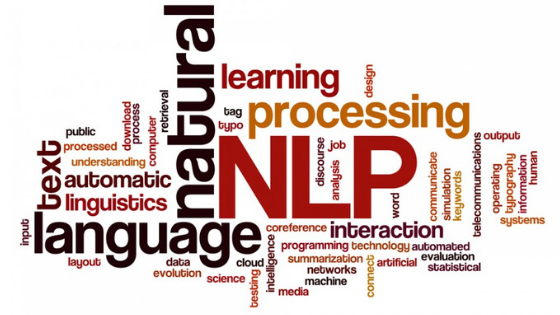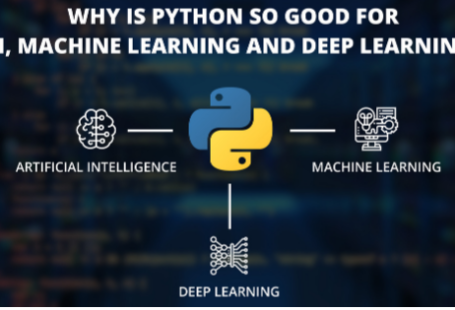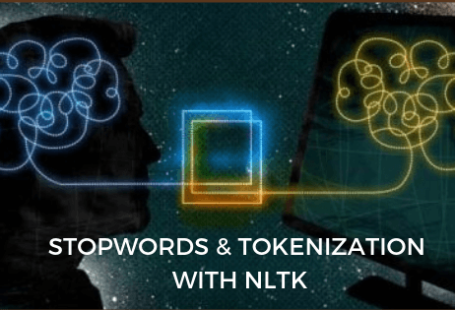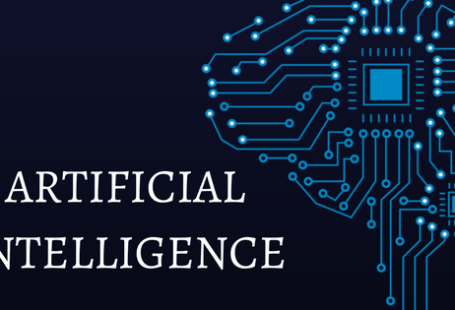Natural Language Processing
Natural language processing is a sub-area of computer science, information engineering, and artificial intelligence concerned with the interactions between computers and human (native) languages. This is nothing but how to program computers to process and analyze large amounts of natural language data.
In another way, Natural language processing is the capability of a computer software to understand human language as it is spoken. Natural Language Processing (NLP) is one of the component of artificial intelligence (AI).
The real-life examples of natural language processing are like understanding complete sentences, understanding synonyms of matching words, speech recognition, speech translation, and writing complete grammatically correct sentences and paragraphs.
The applications of Natural Language Processing in the various fields are as follows,
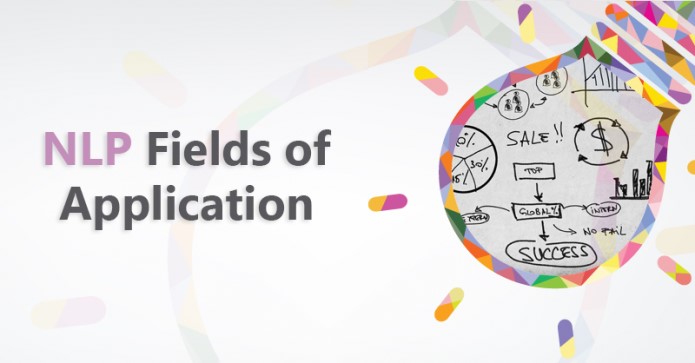
A) Machine Translation

The amount of information available is growing over the internet. Machine translation helps us conquer language barriers that we often encounter by translating technical manuals, support content or catalogues at a reduced cost. The main challenge with machine translation technologies is not in translating words, but in understanding the meaning of sentences to provide an accurate translation.![]()
B) Automatic Summarization
It reduces a larger text into a shorter, yet richly constituted an abbreviated narrative representation of the original document. It extracts keywords or key-phrases from a large piece of writing. It creates an abstract of an entire article. Information overload is a real problem when we need to access a specific, important piece of information from a vast knowledge dataset. Automatic summarization is important not only for summarizing the meaning of documents and information but also to understanding the emotional meanings inside the data, like in collecting information or data from social websites. Automatic summarization mainly useful when used to provide a summary of a news item or blog posts by avoiding repetition from multiple websites and maximizing the dissimilarities of content that obtained.
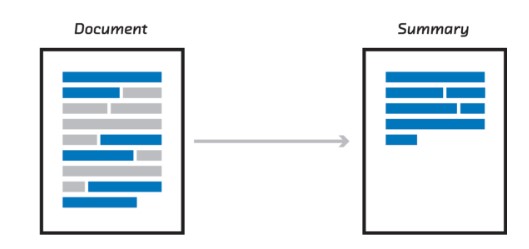
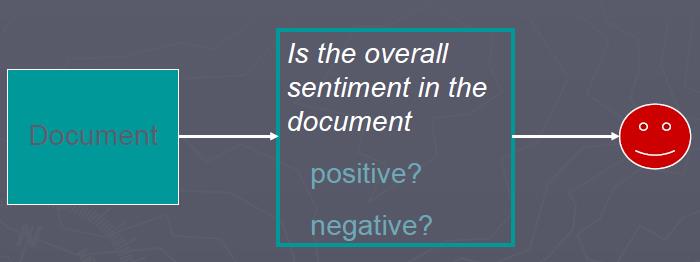
The aim of sentiment analysis is to identify sentiment among several posts or even in the same position where emotion is not always explicitly expressed. Many multinational companies are using natural language processing applications, such as sentiment analysis, to detect the opinions and sentiment over the internet to help them understand what customers think about their products and services (i.e., “I love the new mobile phones iphone” and, after few lines “But many times it won’t work well” where the person is still talking about the iphone mobile phones) and complete indicators of their reputation. Beyond determining simple polarity, sentiment analysis understands the sentiment in context to help you better understand what’s behind an expressed opinion, which can be extremely relevant in understanding and driving purchasing decisions. It is used to support the companies to analyze a large number of reviews on a product. Also, it is used to help the customer’s process the reviews provided on a product.
D) Document or Text classification
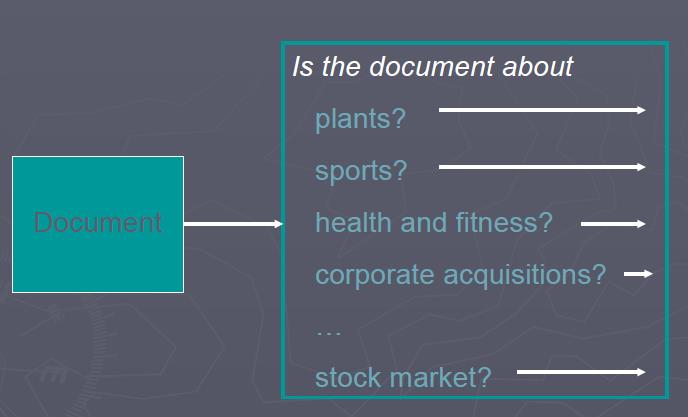
Document or Text classification makes it possible to assign predefined categories to a document and organize it to help you find the information you need or simplify some activities. For example, an application of text categorization is spam filtering in an email.
E) Speech Processing

- Text to speech: it converts electronic text to digital speech which is helpful for the deaf and dumb society
- Speech to text: it converts digital speech to text.
- Automatic Speech Recognition: Automatic transcription of spoken content to electronic text
- Speech to speech translation: Translating spoken content from one language to another in real time or offline.
F) Image Captioning
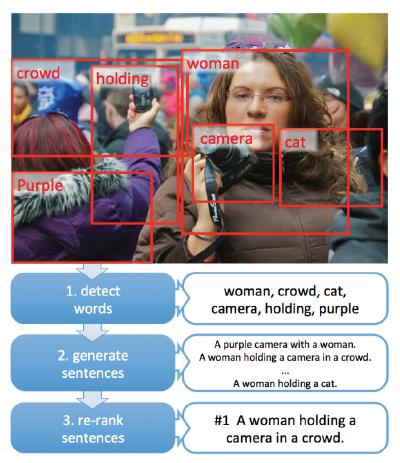
Image Captioning is a process of generating a textual description of an image. It uses both Natural Language Processing and Computer Vision to produce the captions.
G) Information Extraction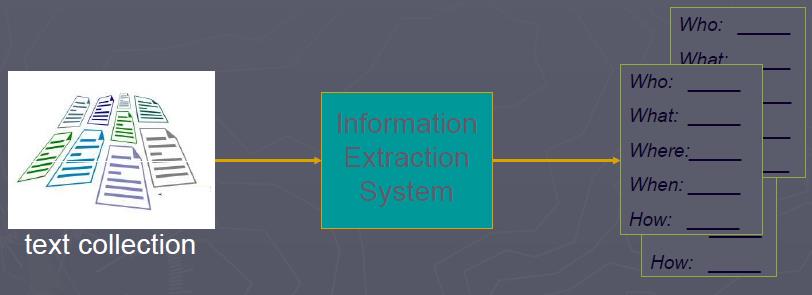
Information extraction is the way of obtaining a system resource related to an information need from a collection of information resources. The searches can be based on full-text or other content-based indexing. Information extraction is the science of searching for information in a document, searching for documents themselves, and also searching for metadata that describes data, and for databases of texts, images or sounds.
Extraction of meaning from an email:-
I have decided to meet tomorrow at 10:00 am in the lab.
What to do: meeting
At what Time: 10:00 am
Location: Lab
H) Information Retrieval

The Information retrieval involves returning a set of documents in response to a user query. Internet search engines use the information retrieval system. Moreover, one can change from classical information retrieval is that Internet searching now uses the methods that rank the documents according to how many links there are to them (example Google’s PageRank) as well as the presence of search terms.
I) Search Engines and Semantic Web Search:

The web search engine is a software application that is devised to search for an information on the internet (World Wide Web). The search results are normally presented in a line of results often referred to as search engine results pages (SERPs). Semantic Web search engines are applications for finding ontologies that require reasonable effort: queries are usually written as natural language keywords and results are ranked.

It attempts to find a specific answer to a particular question from a collection of documents, or short piece of text that contains the answer. For example, what is the capital of india?
K) Collaborative filtering

The technology to make recommendations based on user behavior on an E-commerce website. From your history or previous search e-commerce website provide us with a recommendation
Natural Language Processing in other Fields
Apart from the above application, there are some other fields where Natural Language Processing is used which are as follows,
- Politics
- E-governance
- Bio-Medical
- Forensic Science
- Business Development
- Marketing
- Advertisement
- Education
Architecture of Natural Language Processing
The input to the Natural Language Processing system could be speech or text. It could also be a gesture (multimodal input or perhaps a Sign Language).
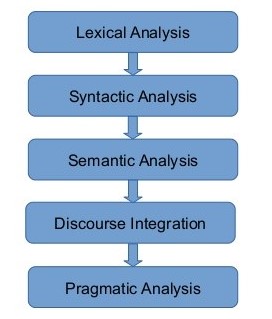
The lexicon of a language is its vocabulary which includes its words and expressions. The Morphology depicts analyzing, identifying and description of a structure of words. The lexical analysis involves dividing a text into paragraphs, words and the sentences
Syntactic Analysis
Syntax focuses on the proper ordering of words and its effect on meaning. This focuses on the analysis of the words in a sentence to depict the grammatical structure of the sentence. The words are transformed into a structure that shows how the words are related to each other. Example, “the boys the go to the school”. This sentence would be rejected by the English syntactic analyzer.
Semantic Analysis
Semantics focus on the meaning of words, sentences and phrases. This abstracts the dictionary meaning or the exact meaning from context. The structures which are created by the syntactic analyzer are assigned meaning Example, “colorful blue idea”. This sentence would be rejected by the analyzer as colorful blue do not make any sense together.
Discourse Integration
It finds out the sense of the context. The meaning of any single sentence depends upon the sentences that precede it and also invokes the meaning of the phrases that follow it. Example the word “it” in the sentence “she wanted it” depends upon the prior discourse context
Pragmatic Analysis
Pragmatics concerns the overall communicative and social context and its effect on interpretation. It means abstracting or deriving the purposeful use of the language in situations, importantly those aspects of language which require world knowledge. The main focus is on what was said is reinterpreted on what it means.
- E.g. “close the window?” should have been interpreted as a request rather than an order
The important components of Natural Language Processing are as follows
- Input Pre Processing: speech/gesture recognizer or text pre-processor
- Morphological Analysis
- Speech Tagging
- Parsing – This includes syntax and compositional semantics
- Disambiguation: It can be done as part of parsing
- Context Module: It maintains information about the context
- Text Planning: The part of language generation / what meaning to convey
- Tactical Generation: It converts meaning representations to strings.
- Morphological Generation
- Output Processing: text-to-speech, text formatting, etc.
Use of NLTK for Natural Language Processing:
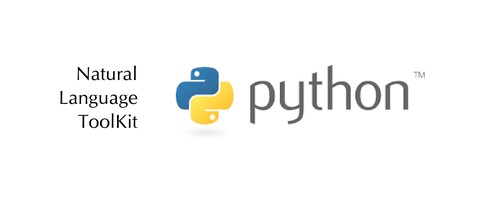
Natural language toolkit i.e., NLTK is one of the most popular libraries for natural language processing (Natural Language Processing) and very easy to learn. It has been written in Python and has a big community behind it.

